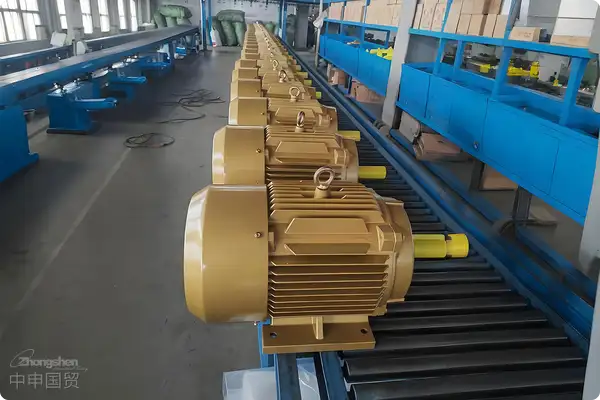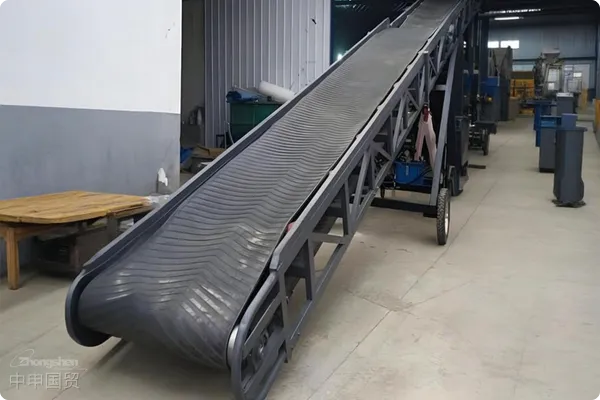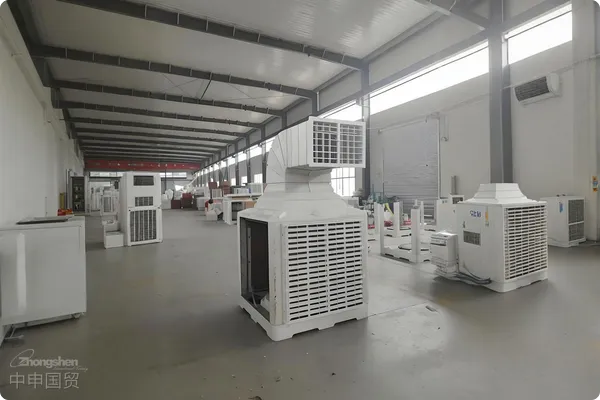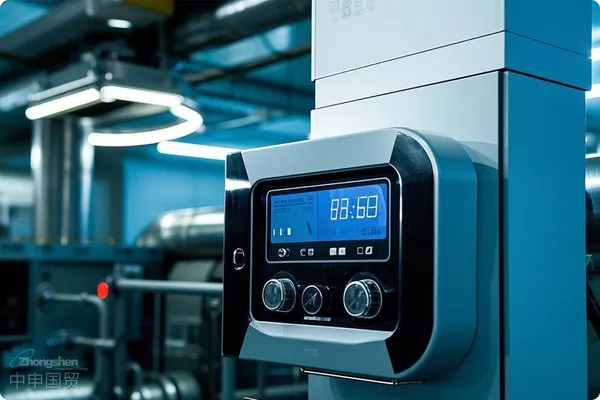- Shanghai Zhongshen International Trade Co., Ltd. - Two decades of trade agency expertise.
- Service Hotline: 139 1787 2118
In international trade, the transfer of goods through a third countryEntrepot Tradeis a common mode of operation, especially when there are trade restrictions or sanctions between the country of origin and the country of destination. This article will explore in detail a specific case: three possible solutions for machine tools manufactured in Italy to be re - exported to Russia through Chinese enterprises, analyzing their respective feasibility, regulatory requirements, and operational complexity.
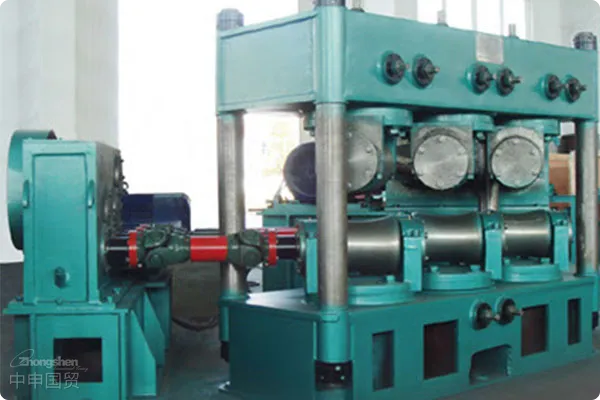
Solution 1: Traditional Import and Re - export
Description:
Company A purchases machine tools from Company B in Italy, imports them into China, pays customs duties and value - added tax, and then re - exports the machine tools to Russia and applies for a refund of value - added tax.
Commentary:
(1) Advantages:The process is standard and in line with generalimport and exportoperations.
(2) Disadvantages:The cost is relatively high, including customs duties, value - added tax (although tax refund is possible in the end, there is capital occupation), as well as double logistics costs.
(3) Applicability:This plan is simple to operate and has relatively low risks, but the cost is high, affecting the companys cash flow.
Solution 2: Offshore Transfer Trade from Italy to Russia Directly
Description:
The goods are directly shipped from Italy to Russia. Company A in China acts as an intermediary to handle the transaction but does not come into contact with the actual goods.
Commentary:
(1) Advantages:The logistics cost is relatively low and the operation is more efficient.
(2) Disadvantages: Restricted by international sanctions and bank foreign exchange management policies, there may be legal risks and payment and settlement problems in actual operation.
(3) Applicability:Due to the complexity of international sanctions and bank foreign exchange receipt and payment, this plan has high risks and may not be feasible in actual operation.
Solution 3: Entrepot Trade Using the Shanghai Free Trade Zone
Description:
The machine tools are transported from Italy to the bonded area in Shanghai without actual import, avoiding the payment of customs duties and value - added tax. Then they are directly transshipped from the bonded area to Russia.
Commentary:
Advantages:
(1) Avoided the payment of customs duties and value - added tax.
(2) Utilized the policy advantages of the bonded area, reducing logistics and financial costs.
(3) Complied with Chinas foreign exchange management policies, reducing the complexity and risks of entrepot trade.
Disadvantages:
(1) Need to deal with logistics and customs in the bonded area, with high requirements for the operation process.
(2) Need to ensure that banks and foreign exchange bureaus support the foreign exchange receipt and payment of entrepot trade.
Applicability:This plan is the best choice, combining cost - effectiveness and operational legality, especially suitable for handling complex international trade scenarios.
Regulatory Requirements and Practical Suggestions:
Compliance:Any plan needs to ensure full compliance with international trade regulations, sanction clauses, and Chinas foreign exchange management policies.
Bank Negotiation:Cooperate closely with banks to ensure that all foreign exchange transactions are approved and avoid exchange rate risks.
Logistics and Customs Affairs:Cooperate with experienced logistics and customs agents to ensure that the flow of goods in the bonded area complies with all regulations, especially in the entrepot trade link.
In a complex trade environment involving international sanctions, choosing the most appropriate trade plan is crucial to ensure the smooth progress of business. Plan 3 not only meets the needs of cost - efficiency and compliance but also provides operational flexibility, making it a recommended plan for handling similar situations. Enterprises should consider cooperating with professional legal advisors, trade experts, and suitable logistics providers to ensure the legality and efficiency of all operations.
Related Recommendations
Category case
Contact Us
Email: service@sh-zhongshen.com
Related Recommendations
Contact via WeChat

? 2025. All Rights Reserved. 滬ICP備2023007705號-2  PSB Record: Shanghai No.31011502009912
PSB Record: Shanghai No.31011502009912

